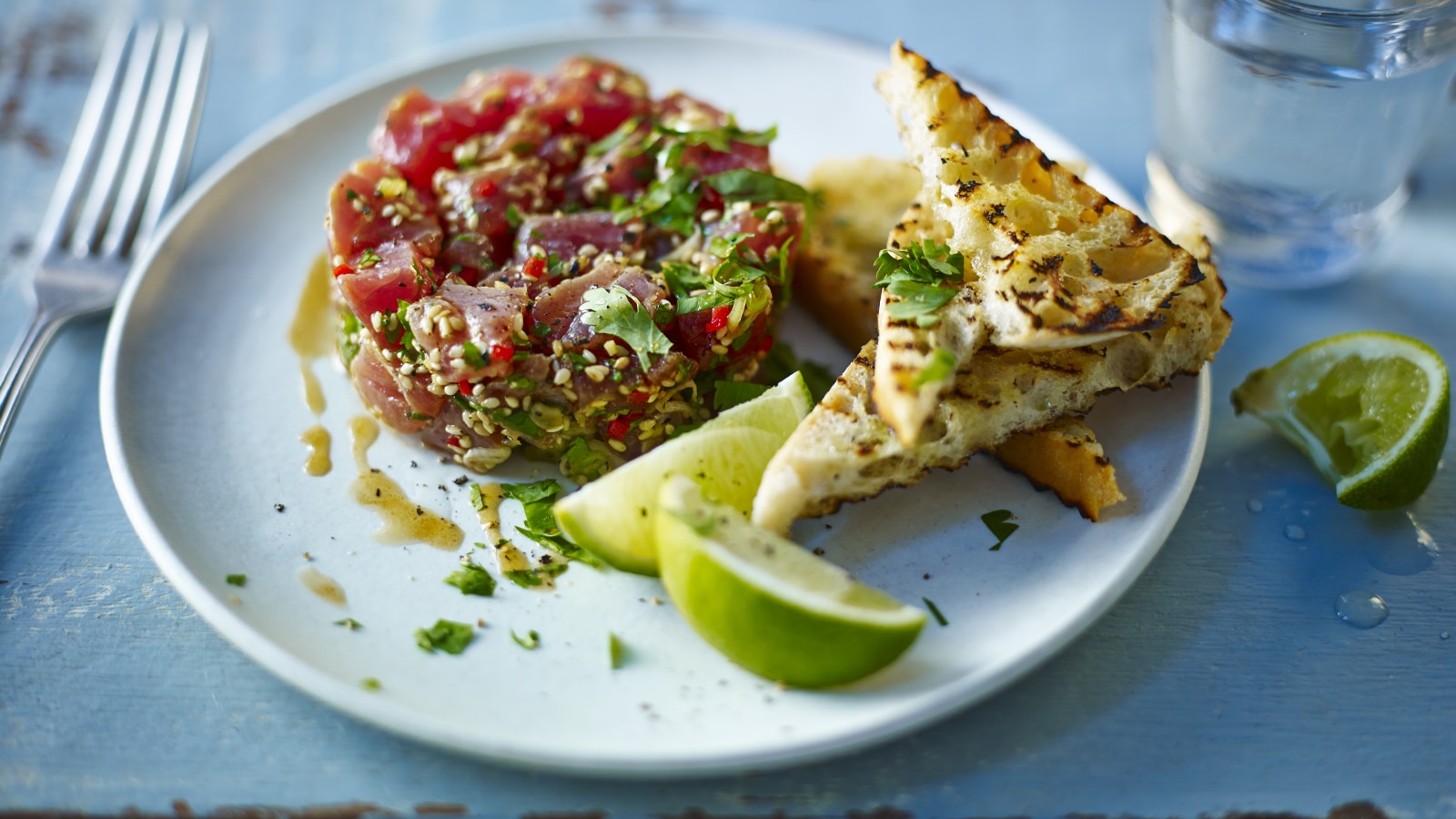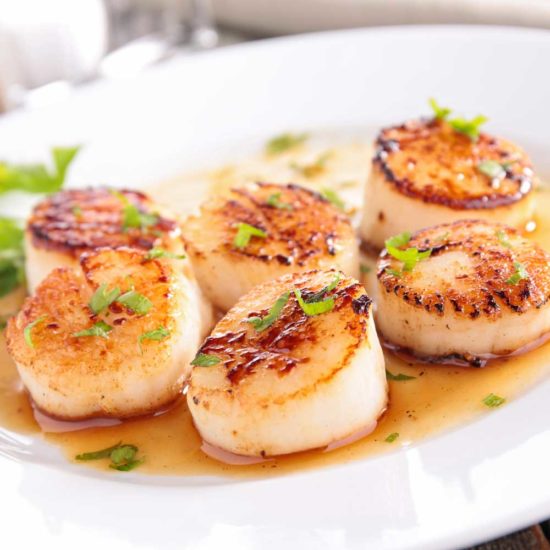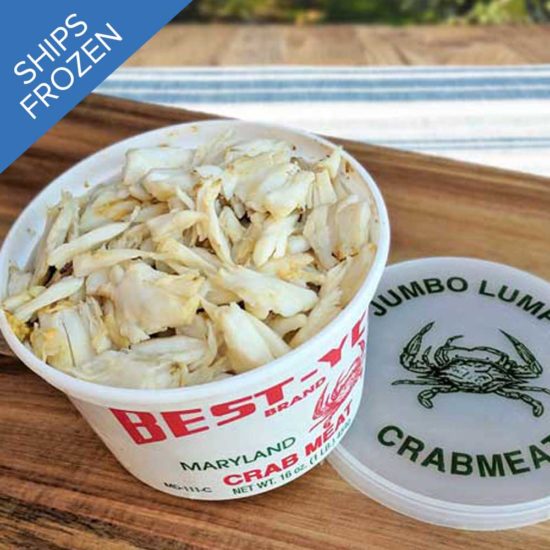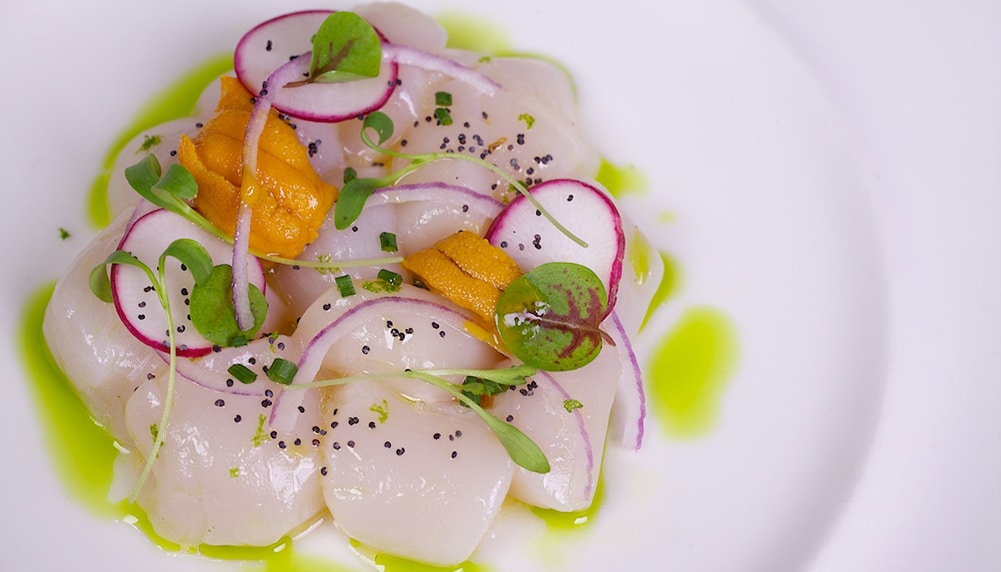
What is the Difference between Crudo, Ceviche, Tartare, and Poke?
![]()
Navigating restaurant menus (and their culinary terms) can be a little daunting. Sometimes it’s even a head scratcher for me and I studied food and work in the food industry for a living! So, in this article, let’s breakdown some well-known menu items and discover the difference between crudo, ceviche, tartare, and poke.
There is a common thread between crudo, ceviche, tartare, and poke, and, that is the use of raw seafood in the recipe. Aside from the raw aspect (and you’ll see raw isn’t always ‘technically’ the case) these menu items differ pretty significantly.
Crudo
Crudo (meaning ‘raw’) is a dish you might see listed in the appetizer section of upscale Spanish and Italian restaurants. It really is a blanket culinary term and refers to a dish of uncooked fish or shellfish that is lightly dressed (usually with a little olive oil and vinegar) and seasoned. With crudo, it’s a free for all. There’s no firm culinary rules on the size or shape or technique used in preparing the raw seafood. What makes crudo a worthy and delicious menu pick is the freedom a chef can have when developing the dish, highlighting spectacular ingredients.
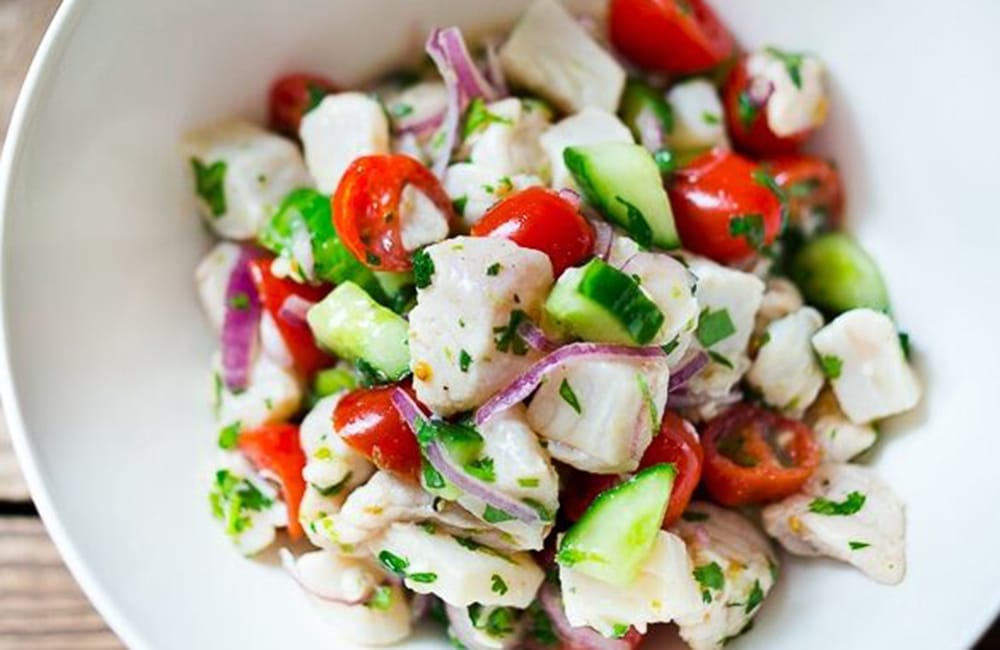
Ceviche
Ceviche is a popular Latin American and Caribbean dish. And, ceviche is the only menu item on our list that isn’t exactly a raw seafood dish. It’s an amazingly flavorful combination of fresh ingredients (tropical fruits, vegetables, herb, and spices) and, most importantly, citrus juice. The seafood is first marinated in a super acidic dressing. This marinating period cures the seafood, not technically ‘cooking’ but the seafood becomes firm and opaque, even after just 10-15 minutes of marinating. You’ll find ceviche made with shrimp, scallops, mahi mahi, cod, snapper, and sea bass.
Poke
Poke (pronounced poh-keh) is a dish distinct to Hawaii, meaning to ‘cut, slice, or section’. Poke shares a lot of similarities with the other listed menu items. Like crudo, poke doesn’t necessarily have any restrictions on seafood size (although you’ll see poke portioned similarly to tartare). Poke can be made with any number of seafood types (most popular poke version is made with tuna) and, poke is amply seasoned. The seasonings used are distinctly Asian or Polynesian, tossing the seafood in soy sauce and sesame oil based dressings.
Tartare
Tartare, unlike crudo, does have some firm recipe rules governing it’s existence. The seafood must be cut, either a small-medium dice, and bound by a sauce or dressing. That binding sauce is how the dish stays together. You’ll often see seafood tartare plated in a nice neat round circle, keeping shape thanks to the sauce. The most popular seafood used in tartare is salmon and tuna. This class of meatier fin fish provide excellent, mild flavor and take well to aggressive sauces and bold seasonings.
Too Hot to Cook…
Then we recommend recreating some of these delicious, raw, seafood dishes at home!
Shop in comfort with Cameron’s Seafood! All of the seafood listed in this article are available at our online store. As we say, ‘from shore to door, 3 days fresher than the grocery store’-all of our seafood is delivered right to your door when you schedule it, guaranteed!
And, once you make your tartare, ceviche, poke, or crudo, we’d love to see it! Share your tasty creations on any of our social pages, Instagram, Facebook or Twitter be sure to tag us @cameronsseafoodonline.

About the author
Patterson Watkins is a professional chef with over 17 years of experience. With a robust career in restaurants, contract dining and catering (including 4 Summer Olympic posts preparing food for the athletes!) Patterson joined the Cameron’s Seafood team at the end of 2018 to concoct some delicious recipes with our premium seafood items as the centerpiece.

